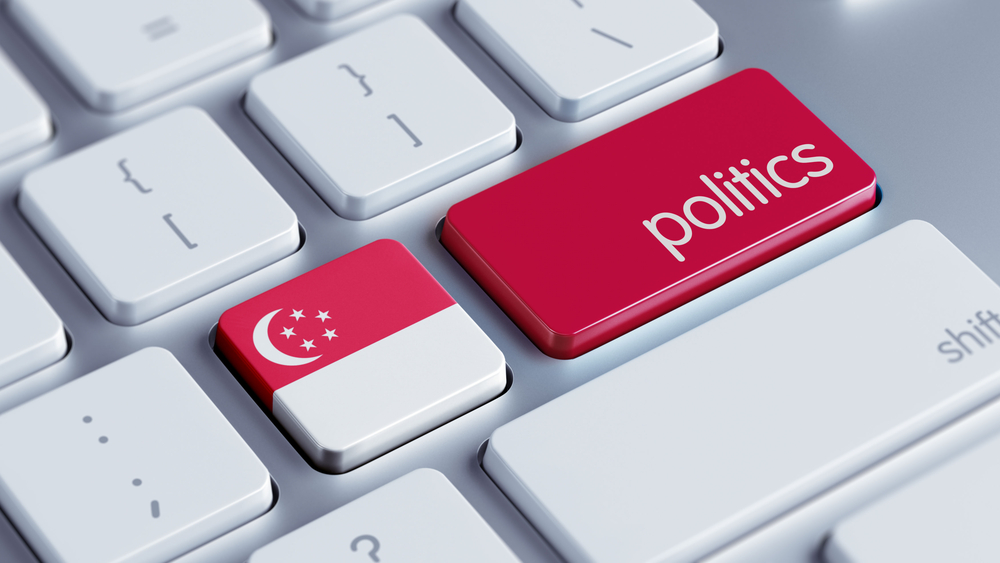The Specter of Complacency in Singapore

Please note that we are not authorised to provide any investment advice. The content on this page is for information purposes only.
Singapore’s ruling party, the People’s Action Party (PAP), enters 2016 enjoying the comfort of a magnificent electoral victory in the 2015 general elections. In that election — the first since the death of patriarch Lee Kuan Yew — the PAP won almost 70 percent of the popular vote. It was not the ruling party’s highest-ever vote, but coming off the back of the 2011 general election, in which the party scored its lowest vote since independence (60 percent), it was a tremendous relief.
Singapore’s ruling party, the People’s Action Party (PAP), enters 2016 enjoying the comfort of a magnificent electoral victory in the 2015 general elections. In that election — the first since the death of patriarch Lee Kuan Yew — the PAP won almost 70 percent of the popular vote. It was not the ruling party’s highest-ever vote, but coming off the back of the 2011 general election, in which the party scored its lowest vote since independence (60 percent), it was a tremendous relief.
Since then there have been official efforts to puncture any nascent sense of complacency, both in Cabinet and among PAP supporters. However, the government still enters 2016 knowing that it has another five years to fix the problems created by half a decade of policy and administrative errors that cost it so dearly in 2011.
The 2015 general elections showed that in the absence of a tried and tested alternative, Singaporeans are ultimately willing to forgive almost any policy or administrative failure. This leaves the government with a relatively free hand to tackle the rather formidable challenges on its desk. Significantly, many of the challenges it faces are municipal and small-picture in nature, reflecting the limited horizons of politics in the city-state.
These include building new flats and railway lines; breaking the weekly cycle of train breakdowns; keeping a cap on both the rate of immigration and the cost of living; installing and spreading a new raft of welfare benefits without building an expectation of entitlement; avoiding man-made floods in downtown Singapore; and spreading health coverage while keeping costs down. These are the front line challenges in Singapore after Lee Kuan Yew.
Even in the international arena, the front line issue is remarkably ‘domestic’: stopping the haze from Indonesian forest clearance. The Singapore government has no direct control over this but the government is universally expected to fix it. Such is the burden of cultivating an image of being all-powerful.
Lurking behind these small-picture issues (which are, of course, important in everyday life) lays a series of challenges that are very much big picture and long term. Most notable is finding new ways of doing business. So much of Singapore’s business model for the last half-century or more has been based on being ahead of the pack, but now the ‘pack’ is catching up.
The Port of Singapore rode the first wave of containerisation, but now everyone is containerised. Changi Airport set a new standard as a regional hub, but its edge has now been blunted by Dubai. Singapore pioneered export-oriented industrialisation, sucking in American capital and spewing forth goods for American consumers, but neither American capital nor the American consumer market is quite so rich these days — and in any case they have plenty of other options now.
In the early 1980s, Singapore was also ahead of the world in investing in China, and made itself integral to a China-based international manufacturing network. Singapore is still integral, but Chinese growth has slowed to less than 7 percent per annum, and — just as in the case of the United States — China has many more options now.
Singapore is now desperately in need of some new big ideas, but finding them is easier said than done. The government has seen these challenges coming since the 1990s and has made many attempts to build alternative sources of enterprise for the island, but with limited success. Its efforts to establish itself as a hub for biotech research have returned very little. Its attempts to become a regional education hub have suffered many failures, most notably the collapse of the University of New South Wales Asia in 2007.
In addition, the ongoing life of its educational successes (such as Yale-National University of Singapore College) depends entirely on the government continuing to pump big money into its ventures.
Singapore has had more success turning itself into a medical tourism hub, but this is the exception rather than the rule. Perhaps it is indicative of the problems faced by the post-Lee Kuan Yew generation that the government’s most successful ‘new economy’ venture is a pair of casinos — which is not a very new idea at all.
In the meantime, the effort to limit the inflow of foreign guest workers is making it much harder to conduct business because the economy is still geared to the tired old model that relied on cheap and compliant labour.
Given these challenges, it is perhaps remarkable that one of the more significant dangers for the government is a return to the complacency that led it to this point in the first place. If the general election of 2015 was full of rainbows for the government, the biggest cloud on the horizon now is complacency. This is a nice problem to have perhaps but one, which could prove inimical to good government Singapore-style.
Singapore after Lee Kuan Yew is republished with permission from East Asia Forum




